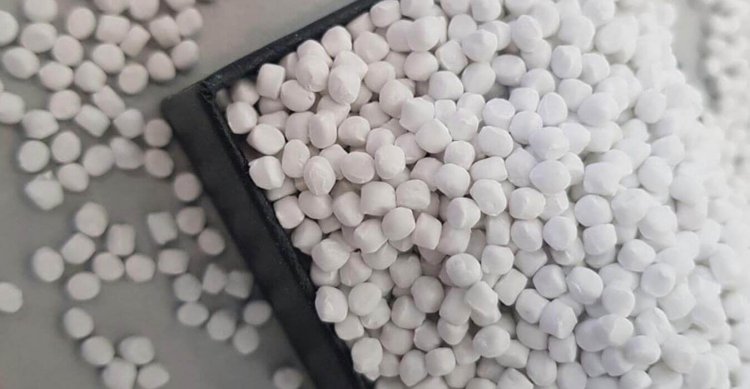Applications of Conductive Compounds You Should Know
Applications of Conductive Compounds You Should Know
Share this Post to earn Money ( Upto ₹100 per 1000 Views )

Conductive compounds have instigated a revolution in a plethora of industries by the facilitation of electrical current flows through materials initially deemed insulators. Developments of such formulations typically entail carefully blending elements to create pathways through which electric currents may travel adequately. Indeed, electrically conductive compound is a significant part of modern technology, whether in consumer electronics or industrial equipment. Their versatility and functionality continue to expand as researchers discover more applications and improve existing ones to meet the demanding requirements of various sectors.
-
What Makes a Compound Conductive?
Conductive compounds, in essence, consist of materials that allow electrons to flow easily within the matrix. Most conductive compounds are made up of carbon, silver, copper, or graphite dispersed particles embedded in a carrier medium. The latter is quite widely varied for applications and may range from silicones, epoxies, and others to more specialized polymers designed to perform under specific environmental or performance conditions.
-
Electronics Industry Applications
These are the materials that the electronics industry is using for circuit assembly and component protection because they make it easy to join parts without soldering in the conventional way, which could be extremely damaging to parts in temperature-sensitive components because it creates an external heat source. Electrically conductive compounds are EMI shielding materials that protect sensitive electronics from the outside world from interference. From smartphones, tablets, and laptops to medical devices, all these depend on electrically conductive compounds for reliability.
-
Automotive Applications
Most modern applications of conductive compounds are integrated into the electrical systems of vehicles. These materials provide seals between a connection and moisture while still allowing continued connectivity through the electrical stream during severe on-road conditions. They are commonly exposed to vibration and thermal changes and are affected by contaminants from the environment. Thus, electrically conductive compounds are widely used in spaces such as engine compartments and entertainment systems to deliver reliable energy and signal pathways in line with the increasing importance of electronic components in cars nowadays.
-
Medical Device Technology
There is a growing trend in the medical field toward such exciting materials, especially given their promise in very important applications because they guarantee their properties under conditions experienced within the human body. The patient-monitoring devices, implantable devices, and instruments used for diagnosis would all benefit from the consistent electrical properties these materials provide. For the application of electrically conductive compounds in medicine, both rigorous biocompatibility and performance in harsh environments are required.
-
Renewable Energy Applications
Conductive compounds are integrated into every solar panel and wind turbine to improve their operation and longevity. They also build connections that remain intact throughout severe weather elements while performing electrical efficiency. The renewable energy industry will offer electrically conductive compounds that need to perform for decades despite exposure to ultraviolet radiation, moisture, and temperature cycling. This growing sector of renewable energy is beginning to depend more heavily on specialized conductive formulations that can help increase their efficiencies and reduce maintenance requirements in the future.
Conclusion
Exciting new possibilities are continuously being unveiled in research on conductive compounds. Flexible electronics, wearable technology, and advanced sensors are set to benefit from the improvement in performance that these new materials have brought about. Environmentally friendly electrically conductive compound also fall within one of these major trends wherein researchers are making strides in reducing or eliminating potentially harmful components while maintaining or improving performance characteristics. Certainly, these materials will find applications in our increasingly connected world as technology continues to evolve.















